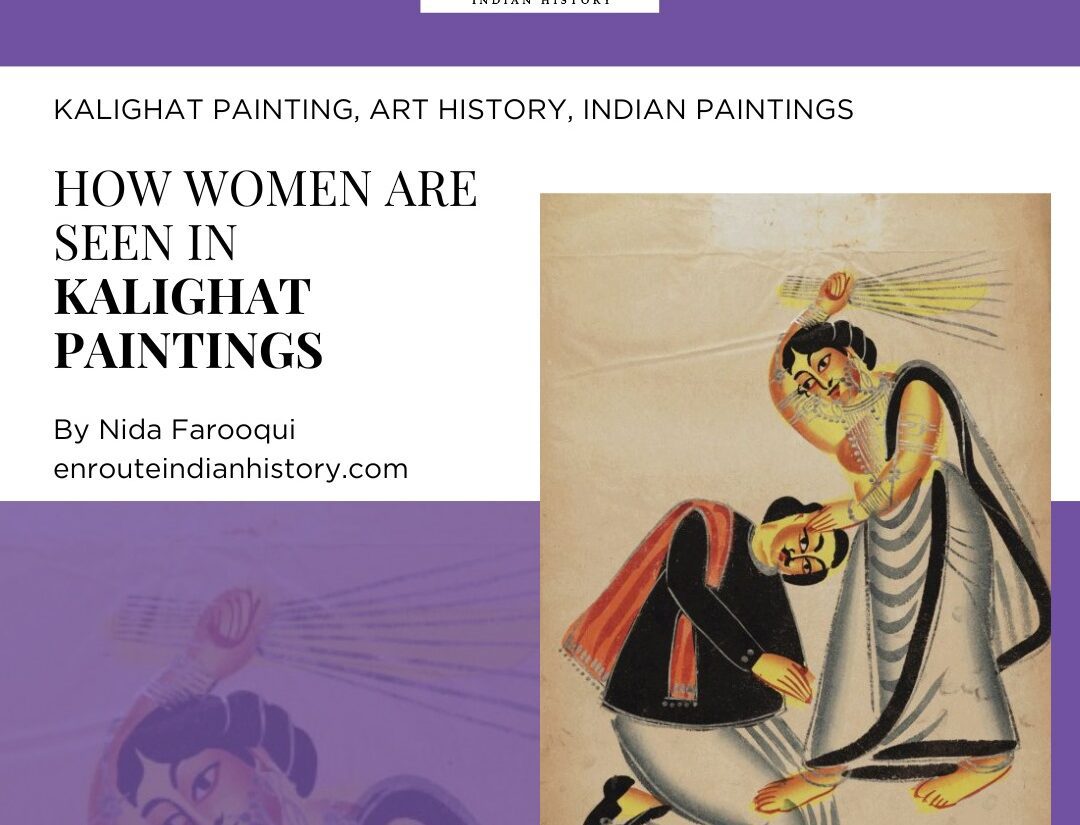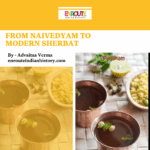One of the most common pictures associated with older people around the globe is the quintessential scene of them being surrounded by young children, telling them stories. Examples of this widely permeated culture of storytelling include the generational retelling of Jataka Tales, Panchatantra stories and the Epics of Ramayan and Mahabharat. The culture of storytelling is a practice as old as humanity, whose origins can be traced, at least in sentiment, to early humans with painted pictures on cave walls, leaving the legacy of their existence behind for their progeny. The most significant Hindu deity in the realm of folklore of Gods and Goddesses happens to be Kamakhya Devi
Every group of people sharing common ancestry, either of lineage, culture or both, is destined to create for itself its share of stories that shall provide a historical sense of existence to this community, whether real or not. The North East Part of India happens to be a place filled with stories and the mainstay of people’s identity in this region, especially of their identities beyond being an Indian person, happens to come from the stories that are told to them since infancy. This rich tradition of oral storytelling has ensured the generational handing over of knowledge be it music, dance, ritual, art, alcohol or agriculture. Examples of communities with very significant oral traditions are the Darlong community in Tripura and the Ao Naga community of Nagaland.And since all over India religion happens to be one of the most entrenched parts of self and community identity, it is impossible that stories associated with Gods and Goddesses be excluded from the realm of Indian folklore.
In Assam, the most significant Hindu deity in the realm of folklore of Gods and Goddesses happens to be Kamakhya Devi. Assam, also known as Kamarupa, has been considered one of the most significant and ancient Tantric centres in South Asia from at least the seventh century. Assam is considered the symbolic “womb” of Tantra and is still significant in both the popular imagination and the lived practice of Tantra in South Asia. It is one of the four oldest “seats of power” (sakti pithas) in the region, the location of the goddess Kamakhya’s yoni, or sexual organ, and the site of her yearly menstruation. The Tantric current of the Yogini Kaula tradition (Yogini Tantra being a medieval text with roots in Assam), according to writers like art historian Vidya Dehejia, has “roots outside the fold of Brahmanical Hinduism”; in fact, this movement “has deep connections with tribal traditions” because of its “magical rituals and spells, sounds and gestures.”

A small white bird sitting boldly near the shoulder of the Goddess
A bronze-coated idol of a physical form of Kamakhya devi
“Assam appears to have been the source from which the Tantric corruption of the religion of the Vedas and Puranas proceeded,” according to the early orientalist H. H. Wilson. The famed Tantric temple of Kamakhya, which is outside of present-day Guwahati, is still known today for its frequent animal sacrifices, its grounds covered with goat and buffalo blood, and the large number of Tantric enthusiasts that congregate around the temple’s walls.This Tantra culture is at the centre of our first story. After using his utmost creative ability to create the cosmos, Lord Brahma developed an arrogant attitude. Goddess Sanatani Kali was compelled to punish him as a result. She created Kesi, a demon. The Asura raced to devour Lord Brahma once he was born. Brahma got out of the predicament. When he went to the Kamakhya Devi for assistance, she slew the demon with an attack. Kamakhya Devi then told Brahma and Vishnu to create a mountain above the asura Kesi’s corpse so that cattle may graze on it. It was requested that Brahma and Vishnu offer prayers and engage in meditation before the Yoni Mandala, which is a representation of female genitalia, which then materialised. It was referred to as Nilachala or Nilakunta Parvat.

Yoni Kunda’s depiction in a smaller temple in the outer sanctum of the Kamakhya Temple
This story can be understood as the consolidation of the “Cult of Yoni” in Assamese Tantra. Assam, as a resting place of Sati’s Yoni, Brahma and Vishnu created Yoni Mandala and as the womb of Tantra, as mentioned above, now functions as a seat of feminine power. In the tantric tradition, the body of Sati is what defines holiness. The bodily parts of Sati are thereby ritualised in tantric sacred geography, and it serves as a holy source that is further reinforced by the inclusion of religious structures, ceremonies and practises.The idea of sacred feminine is however not very surprising considering the matriarchal nature of some of the native tribes of Assam such as the Khasis and Garos. In fact, many tribes to this day claim the Nilachal hill to have been the original abode of their own goddesses. But this is not to say that Brahmanical Hinduism and aboriginal practices always combined in a harmonious manner. It is the next story where we see the second trend of folklore associated with Kamakhya which is the conflict between native and Brahmanical.This story brings into focus the Cooch Behar royals, to which one of India’s most famous personalities, Princess Gayatri Devi belonged. Narayan Singha (1540-86) conquered many parts of the Brahmaputra valley and had a complex relationship with the indigenous people. He was well-known for defeating several tribal rulers, but he was also regarded for his acceptance of native customs and ceremonies. One famous myth is that on the eve of his fight with the Ahoms, Naranarayana worshipped Shiva on the south bank of the Brahmaputra river in accordance with strict rituals; however, the Kachari warriors under his command desired to worship Shiva in their own native way. Thus, the monarch permitted the Kacharis to worship by the river on its north bank, offering liquor and dancing ladies in addition to their customary sacrifices of birds, buffalo, and pigs.

A full-size view of the Kamakhya temple
But the folklore of Naranarayana associated with the Devi goes that Kendukalai, a devout Brahmin, saw the Kamakhya Devi in a vision. When the king learned of this vision, he also desired to see the goddess and asked the priest to assist him in praying until she showed herself. But the goddess was so enraged by his hubris that she cursed the king and murdered the priest, meaning that he and his descendants would never be able to return to the temple.A similar treatment is reserved for the Ahom King Rudra Singh. One widely circulated story is that Rudra asked a well-known Brahmin from Bengal to initiate him into the cult of Shakti. However, he changed his mind at the last minute and sent the priest away since his pride got the better of him. However, shortly after the priest left, there were several humongous earthquakes which the king saw as a sign that he had insulted the goddess and done a horrible sin.In each of these stories, the king’s relationship to native customs is the main source of this fault, whether it is through alliances with tribal rulers or his own non-Hindu, tribal ancestry. Another trend we can see in these stories is that of the cursed monarch, which is better explained in the next story.According to the Kalika Purana, the mythical king Naraka was the half-divine son of Lord Vishnu and the Earth; he founded the kingdom of Kamarupa. And yet, because he was conceived during the highly inauspicious time of the Earth’s menstrual period, Naraka was also cursed from birth and later became demonic.
The Demon King Narakasura once desired to wed Kamakhya Devi out of pure passion. When marriage was suggested, the goddess playfully placed a condition on him: she would marry him for sure if he could construct a stairway from the base of Nilachal Hill to the temple in one night before the cock crows signalling daylight. Naraka saw it as a challenge and gave it everything he had to complete this enormous task. It was practically dawn when he was going to finish the task. Upon hearing this news, Kamakhya Devi cleverly strangled a rooster and caused it to crow prematurely, giving Naraka the idea that dawn was breaking. Naraka, fooled by the ruse, abandoned it midway. When alerted of the trick, he slaughtered the rooster in a fit of anger. The location is currently in the Darrang district and is called Kukurakata (Kukura meaning rooster, Kota meaning to cut). Mekhelauja Path is the name given to the unfinished stairway. The King here thus becomes a melancholic doomed figure, an inevitable vessel of ungodly desires and their eventual destruction.

Procession of Kamakhya Devi led by mendicants during Ambubachi Mela
So with this, we have identified certain characteristics found in the popular folklore of the most representative Goddess of Assam. These stories in the realm of Indian folklore are important because they form an essential part of how the community views itself. The association of Assamese people to Shakta and Tantra are their means to attest their participation in the ancient history of the overall subcontinent, while also acknowledging their unique heritage and culture.
Reference
- Smith, M. W. (1959). The importance of folklore studies to anthropology. Folklore, 70(1), 300-312.
- Urban, H. B. (2011). The womb of Tantra: goddesses, tribals, and kings in Assam. The Journal of Hindu Studies, 4(3), 231-247.
- Urban, H. B. (2011). The womb of Tantra: goddesses, tribals, and kings in Assam. The Journal of Hindu Studies, 4(3), 231-247.
- Chakrabarty, Premangshu. (2016). Faithscape and Pilgrimage: A Study in Kamrup-Kamakhya in Association with Serial Reproduction. 39. 2016.
- Valk Ü. (2008) Notes on Assamese Place Lore. Folklife. Nov:10.
Image sources
- Mutual Art
- iStock
- Jagran
- Dainik Jagran
- The Assam Tribune
- January 23, 2024
- 10 Min Read




















